The best varieties of lilacs and features of growing a shrub
Lilac occurs very often in summer cottages, kitchen gardens, orchards. It is so common in the regions of Russia and the countries of the former CIS that many do not attach much importance to this plant, but in vain. A large number of varieties, bred by breeders, give a unique combination of color colors and aromas that pleases the eye and decorate the territory.
Content:
- General information about lilacs
- The best varieties
- Bush care
- Pruning
- Reproduction
- Planting a seedling
- Diseases and pests
- Application of lilac
General information about lilacs
Lilac Is a perennial plant that grows as a bush or tree and belongs to the oilseed family. In height, it can reach 7 meters, but mainly there are low varieties up to 3-4 meters. Branches are strong, good to bend at a young age. Medium-sized leaves are heart-shaped and petioled.
The buds are collected in dense inflorescence panicles, which have a color from delicate lilac and pink to deep red and pure white.
Flowers can be simple, consisting of 4-5 petals, and double. All varieties of lilacs have a pleasant rich aroma when buds bloom.
Even 8-10 years ago, it was almost impossible to get a good variety of lilacs. Usually neighbors or familiar summer residents exchanged the basal processes of the bush they liked. In modern stores, you can choose from a large number of bred varieties the seedling you like, mainly from French breeders.
The best varieties
Popular varieties of lilacs:
- Lilac is velvety. A perennial plant that grows in the form of a bush, up to 3 meters high. The leaves are ovoid, elliptical, petioled and painted in a dark green tone. Inflorescences reach a length of 15 cm, flowers are medium-sized, velvety, have a pleasant aroma. Blooms in late spring for 2 weeks.
- Shaggy lilac. This variety of lilac grows in the form of a dense, dense shrub... Its leaves are large, up to 18 cm in length, heart-shaped, pointed at the end, painted in a green tone on the outside, smooth, with rare pubescence from the bottom. Inflorescences are large, dense, up to 24 cm in length. The flowers are colored lilac-pink and have a strong rich aroma.
- Meyer's lilac. A beautiful ornamental shrub, the height of which does not exceed 1.5 meters. It is often used in decorative plantings and compositions. The bush has dark brown young stems, small leaves, up to 5 cm in length, glabrous from the top, and pubescent along the veins from the bottom. It blooms with small panicle inflorescences up to 10 cm in length. The petals are painted in pale pink and lilac tones.
- Lilac hyacinth. This lilac belongs to hybrid varieties. Outwardly, the inflorescences are similar to hyacinth, from this it got its name. To breed this variety, breeders crossed common and broadleaf lilacs. The leaves are large, heart-shaped, pointed at the end. In summer and spring, they are painted in a green tone, by autumn they acquire a dark brown color.Therefore, this variety can also be attributed to decorative deciduous. Inflorescences are small, friable, depending on the varietal variety of the hybrid, they have a lilac, lilac or pale purple color. Terry flowers.
- Lilac Henry. A perennial bushy plant, the height of which can reach 3 meters. Branches are strong, thick, smooth bark, gray tone. Leaves of medium size have an elongated-oval shape, pointed at the end. They are painted in a dark green tone, smooth. The inflorescences are pyramidal, dense, large, with a pleasant rich aroma. Painted in purple. The flowering period is early and long, about 3 weeks.
- Hungarian lilac. This variety can be attributed to the highest. On average, the bushes reach 4 meters, but there are specimens, branches that extend from the ground by 7 meters. The trunks and stems are covered with gray bark. The leaves are large, up to 12 cm long, oval-heart-shaped, painted in a dark green tone. Smooth, glossy on the upper side, with a bluish bloom on the lower side, sometimes pubescent. Inflorescences are friable, small in size, painted in a lilac tone, have a pleasant aroma.
Bush care
Lilacs can be classified as unpretentious plants. It grows without much leaving and attention, which is confirmed by the bushes that occur in nature and have a dense crown and abundant bloom... Nevertheless, if you devote a little time to the bush, the result will pleasantly surprise.
When choosing a landing site, some nuances must be taken into account. Lilac does not tolerate stagnant water, so it is located on hills or slopes. Preferably protected from wind and drafts, with a little shading.
Watering the bush:
- Watering lilac bushes and trees is necessary regularly, especially in the spring months, but at the same time, monitor the condition of the soil.
- In the first years after planting, this process is especially important.
- In summer and autumn, watering is carried out as needed.
- From time to time they arrange a shower for the tree, watering it with hoses.
After glaze, and also after rains, it is recommended to loosen the soil around a shrub or tree. This will allow air to penetrate to the roots of the plant, excess water will go away faster. Together with weeding, they are also removed weeds.
Lilac responds well to organic and mineral fertilizers.
The process is carried out in the spring and periodically in the summer. Complex fertilizers should not contain chlorine, as this can harm the plant. Potassium, phosphorus or nitrogenous are suitable feeding... From organic matter, mullein or horse manure can be used.
Pruning
The formation of a lilac bush or tree begins at 2-4 years of plant life. At the same time, when planting a standard variety, the root growth does not develop so much. Usually, the crown begins to form at a height of 1 meter from the ground. All lower branches are removed completely. Weak and excess shoots are also cut off inside the crown, so that there is a good formation of skeletal branches.
In summer, surface trimming is also carried out for forming a beautiful crown.
In order for the main branches of bush lilacs to develop well, in the early years it is necessary to remove most of the root growth. In subsequent years, they can be allowed to grow by controlling the diameter of the plant. Every year, an adult is pruned, in which diseased and weak branches are removed.
Reproduction
Reproduction lilac can be produced with seed, root processes, green cuttings and inoculation.
Reproduction by seeds:
- It is necessary to prepare the material. Seeds can be purchased at the store or collected from the tree you like. The process is best carried out in rainy weather, and then dry the collected boxes indoors.
- The seeds must be stratified by mixing them with 3 parts of river sand to 1 part of the starting material.The process is carried out for 2 months at a temperature of 1-5 degrees Celsius in a dark place. In this case, the sand must be constantly wet.
- At the end of this period, the seeds are sown in fertile soil. It is advisable to purchase it in the store, since ordinary soil from the garden can bring seedlings diseases.
- After sowing, the first shoots appear within 2-10 weeks, depending on the variety of lilacs.
- The first pick carried out when 2 adult leaves appear on the seedlings. They are transferred to boxes, planting at a distance of 3-5 cm.
- In May or June, when the soil warms up, the sprouts are planted in a permanent place of growth.
When propagating with the help of root growth, the process can be carried out almost the entire season, but it is advisable to choose the spring month or mid-autumn. In this case, the process is carefully dug out and separated from the mother bush. It is planted immediately on a permanent place of growth in a pre-prepared hole. The advantage of this method is that the survival rate is almost 100% and the daughter plant inherits all the characteristics of the mother bush.
At the beginning of summer, harvesting of green cuttings is carried out.
Branches of fresh growth are used. The rooting process must be carried out in a greenhouse or greenhouse, where the temperature is between 23-28 degrees Celsius. Air humidity must be at least 85%. Prepared cuttings buried in wet sand and placed in greenhouses. You can also put them in boxes and cover with glass. All cuttings must be shaded from direct sunlight.
For propagation by green cuttings, experienced gardeners recommend using bushes for harvesting that have not yet reached 8 years of age. Also, cutting is best done in the early hours or in the evening, so that the sun's rays do not start the withering process.
Planting a seedling
At the time of buying seedlings it is necessary to pay attention to how the variety was propagated. If the tree has vaccination, then the basal processes will not have the hereditary characteristics of the grafted plant.
The best option for cold regions would be a seedling grown from the root of the parent plant.
Such bushes have a large and dense crown, are undersized and tolerate winter frosts well. In this case, all the root process will inherit the maternal traits.
When planting several seedlings at the same time, their growth rate should be taken into account.
Planting Secrets:
- Gaps of 2 meters are made between trees, 3-3.5 meters should be left between the bushes, as they quickly and often release root growth.
- In fertile and loose soils, small depressions of 50 cm are made in all directions. If the ground is clay and hard, the hole should be 15-20 cm deeper so that drainage can be poured into the bottom.
- From the topsoil, compost, wood ash, humus and mineral fertilizers make a mixture. It is laid out on the bottom or on top of the drain. It is advisable to carry out the entire procedure 1.5-2 weeks before planting, so that the nutrient mixture has time to settle down a little.
- The seedling is placed in a prepared hole, and its roots are neatly positioned around the entire perimeter. A nutritious prepared mixture is poured on top.
- After planting, the plant is well watered and mulch grass or peat.
Diseases and pests
Lilac, like many ornamental plants, are susceptible to attacks pests... Therefore, every spring it is recommended to carry out preventive processing bush or tree.
Diseases arise mainly from improper care or adverse weather conditions.
Excessive humidity can provoke the appearance of fungi. Almost all common diseases are treated with appropriate drugs, which can be purchased at the store, where they will advise on their use.
Application of lilac
Basically, lilac bushes are used as a decorative decoration of a garden or area near the house.Large lush bushes or standard trees with large dense inflorescences of various colors and a pleasant aroma always attract attention and delight the eye.
Lilac is a beautiful decorative flowering shrub. It is often used to disembark from hedges and in compositions. The flowers of the plant are collected in thick beautiful panicles and have a pleasant, fragrant aroma. Thanks to their varied colors, the bushes can be combined to create a spring ensemble.
In addition to decorative use, some varieties, for example, common lilac, have medicinal properties.
Buds, leaves and flowers are harvested from this tree. Each species has its own collection and drying period. The buds are harvested in the spring, when the awakening has already begun, and they are swollen enough. Flowers are collected second. They are cut in full buds when they have blossomed, but have not yet begun to wilt. Unopened buds are allowed in the panicle. The leaves must be picked from the trees after the lilacs have completely bloomed. They are removed from the branches together with the petioles.
All collected workpieces must be dried in the shade of the sun, under a canopy or in a well-ventilated area. Stored all separately from each other in fabric or paper bags.
Composition and use:
- The buds, leaves and flowers contain useful essential oils and ingredients that help relieve pain and cramps.
- Flowers are infused and used for coughs and bronchial diseases.
- The leaves are brewed and used internally in the treatment of tuberculosis and externally as a healing agent.
- Also, such an infusion helps with furunculosis.
- In folk medicine, there are many recipes, which include not only leaves and flowers, but also the bark and young branches of common lilac.
More information can be found in the video.



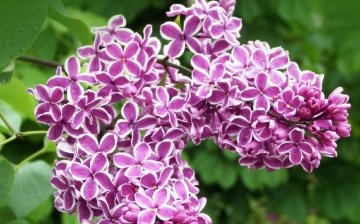
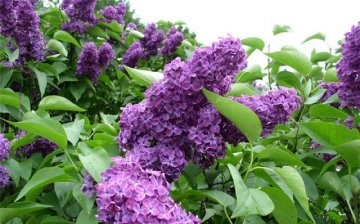
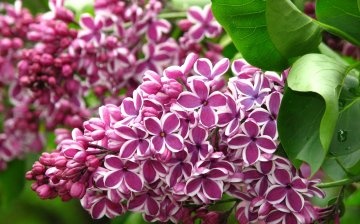
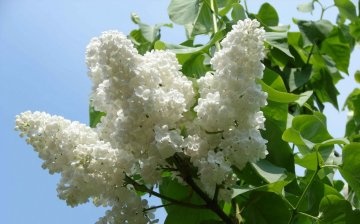
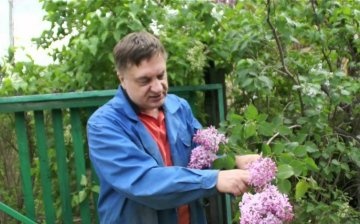
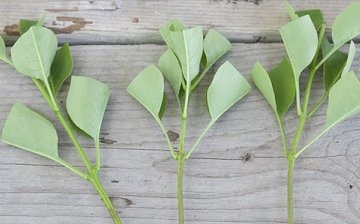
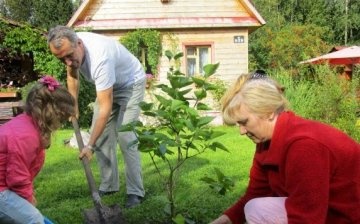
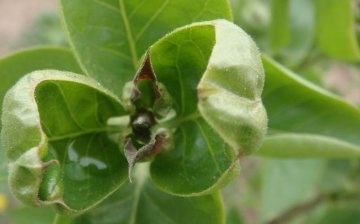










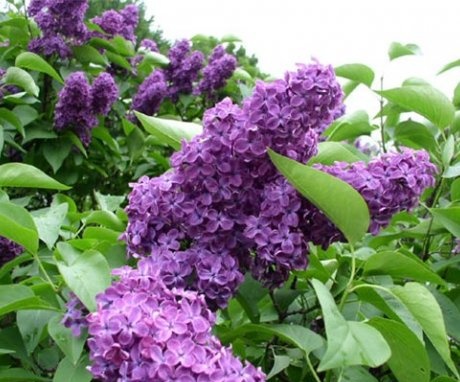

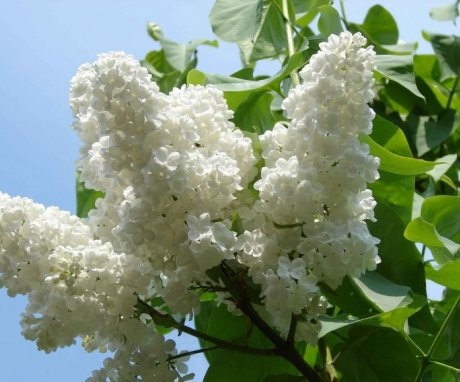
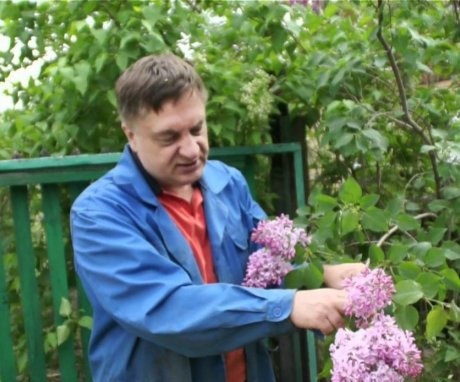
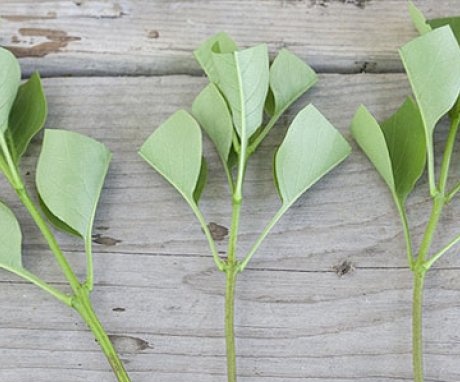
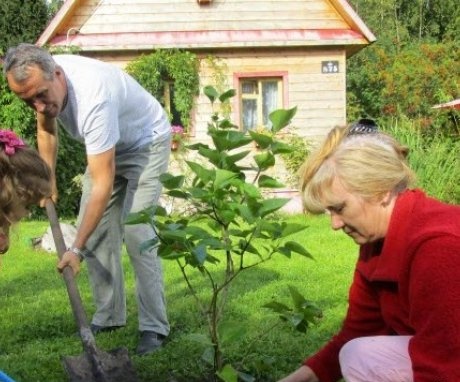
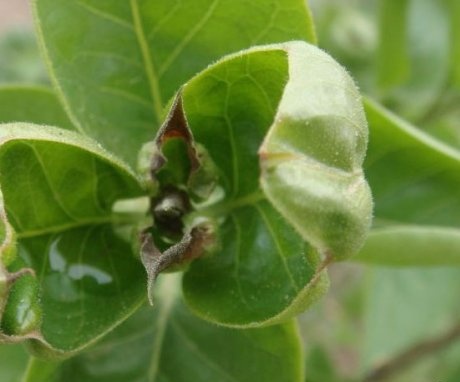

I carefully read all the information - it is very accessible and understandable, now I will definitely plant a lilac. I like Meyer's lilac and hyacinth very much - I saw it a couple of years ago from friends on the site. It seemed to me that some special care is needed for these species, suddenly they simply will not take root, but now I think the opposite. Maybe someone has special secrets, please share!